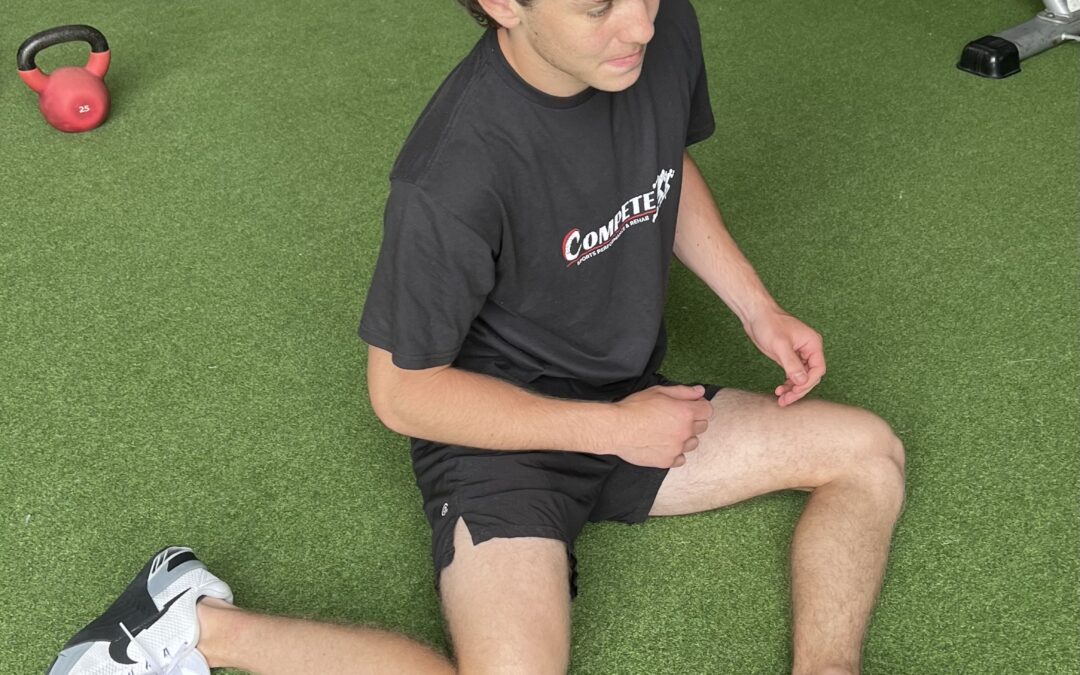I once heard a world-famous sports coach tell his pupil “It’s all in the hips.” Of course, this was fictional golf legend Chubbs Peterson during the movie Happy Gilmore in 1996. Although a comedy about golf, these are wise words when it comes to hockey skating performance. The hockey player’s hips are their engine, but sometimes can also be their detrimental issue. An understanding of proper hip mobility can go a long way in enhancing performance and possibly preventing injury.
Many people confuse flexibility with mobility. Flexibility is the ability of a muscle or muscles to lengthen passively through a range of motion. Mobility is the ability of a joint to move through desired a range of motion. The hip joint is a ball and socket joint that allows for joint movement in all three planes of motion. Although flexibility is a part of joint mobility, our goal is to train the hockey player to enhance active mobility, which is the ability of the athlete to control the joint through a range of motion. Working with the hockey player, we understand the importance of mobility/range of motion for the hip, as deficits can be risk factors for pathologies such as femoroacetabular impingement (FAI), groin pulls, and core muscle injury.
Research shows that most hockey players have some degree of bony impingement in the hip joint. Program design must take great care not to force increases in the range of motion that may not be realistic due to anatomical restrictions. Diagnostic imaging may be required if an injury or dysfunction is reported. We can then instruct in manual or self-joint mobilization exercises. Please note that those athletes with a hypermobile hip (excessive range of motion) should be trained with hip stability exercises to control their range of motion. Muscle groups trained should include the adductors, hamstrings, hip flexors, and low back.
When programming mobility circuits, take the following factors into consideration: time constraints, time of the season, the goal of the current training, and compliance with the program. Strengthening the muscles of the groin and hip flexors is usually a large focus during the off-season to help prevent the risk of injury for our hockey athletes. Finding ways to address this issue during the season can be much more difficult. Time should be made daily for hip joint mobility exercises. The suggested routine should include 2 or 3 exercises and last 5 – 7 minutes based on the additional workload of ice time and/or gym workout for that day. Find a skilled professional such as a certified athletic trainer to evaluate the hip joint of the athlete prior to beginning any program to ensure the appropriateness of the application.
Mike Hannegan is an Athletic Trainer and Strength Coach with ten years of experience in the NHL with the Anaheim Ducks and St. Louis Blues. He is currently the Director of the Compete Sports Performance and Rehabilitation facility inside The Rinks Yorba Linda Ice located in beautiful Orange County, CA. He can be reached at mike@competeperformance.com.

